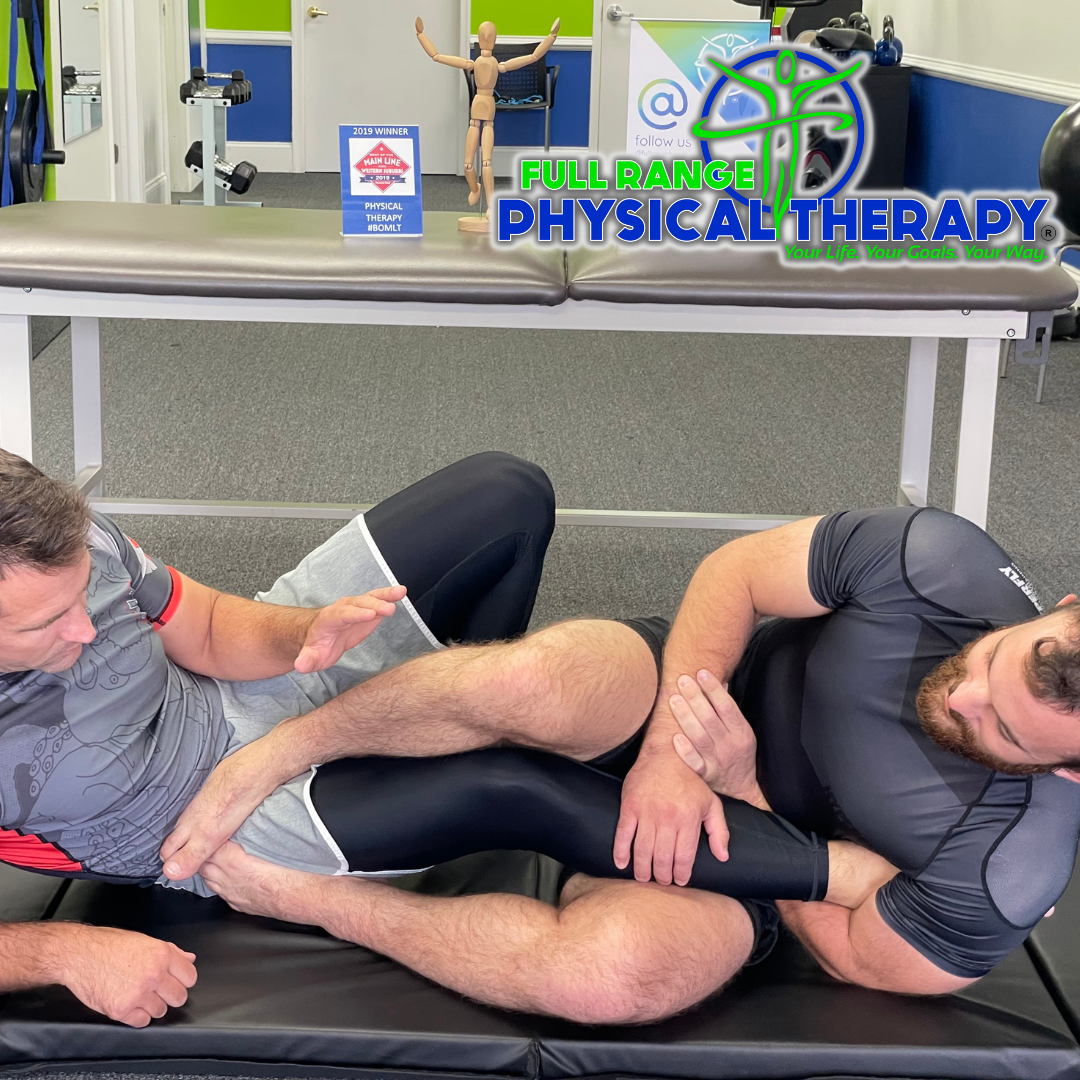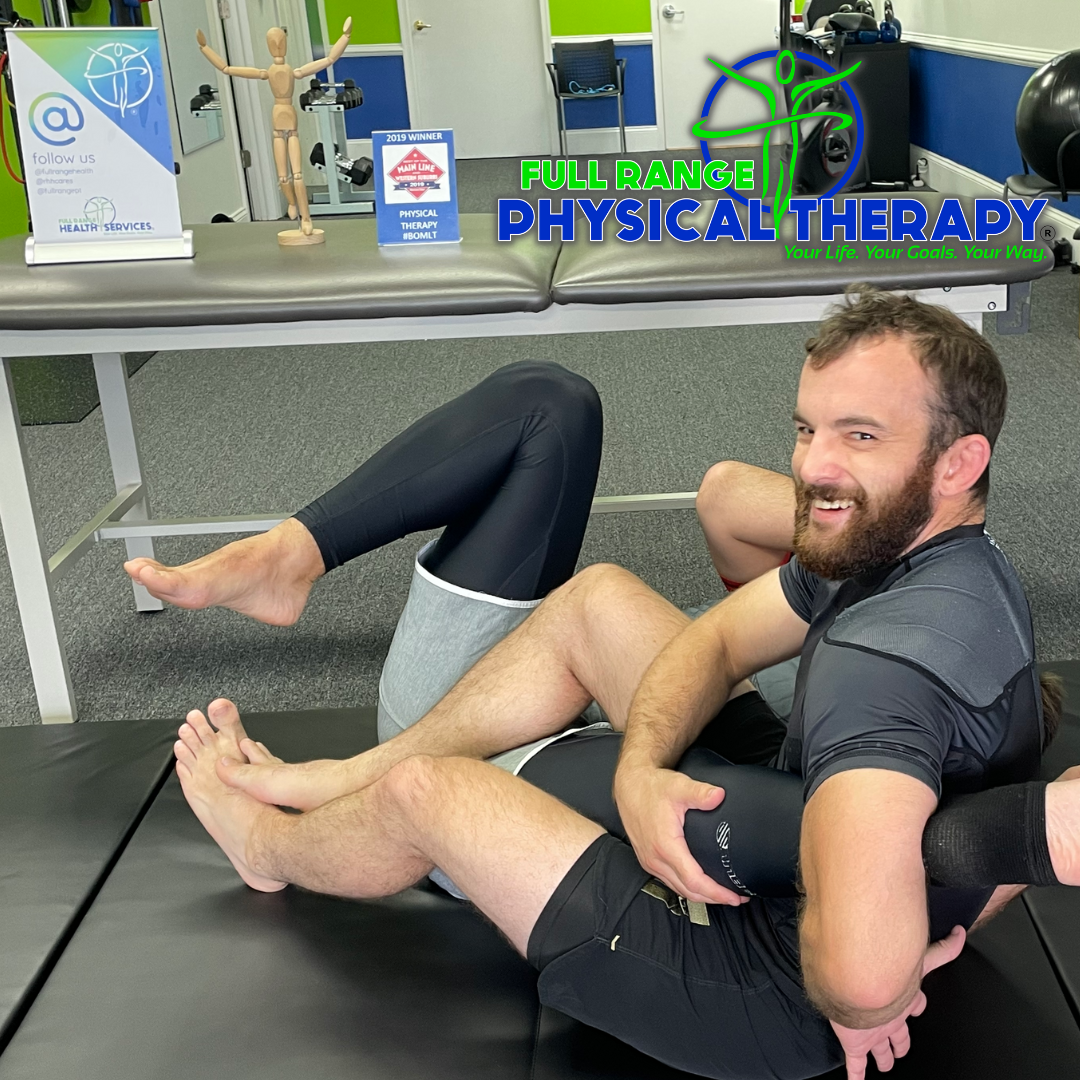Hello everyone, and welcome to our second blog post about injury management and jiu jitsu. Today’s post will focus on ligament injuries, their occurrence, diagnosis, and recovery.
Here’s the sitch (that’s what the cool kids say… right?): You’re rolling at the end of practice, and unfortunately you get caught in a submission, for the sake of this story let’s say it’s a straight ankle lock. You’re convinced you can tough out the submission and find a way out. Only too late do you realize you need to tap out in order to prevent a serious injury. Now you’ve left practice, and the adrenaline has worn off only to find that your ankle is in severe painand it hurts to put weight into your foot. Well, what’s likely happened is you’ve suffered a sprain to your ankle.
For the sake of this blog, we will assume that you have gone to a trained physical therapist or your family doctor, and they have diagnosed you with a mild ankle sprain. The first step after your injury is to apply the POLICE (Protect, Optimal Loading, Ice, Compression, and Elevation) principles to the ankle to help with the swelling and healing of your ligaments. Then, based on the extent of your pain and symptoms, it may then be time to start utilizing different exercises and stretches focusing on decreasing your symptoms. Below I have 4 exercises that can be utilized to assist with the healing of your ankle sprain.
Isometrics- https://www.youtube.com/watch?v=VkkaWW-RztE
Typically, this will involve muscle contractions where you will press your foot onto a surface for approximately 5-10 seconds holds. This allows for muscle activation while allowing for the injured tissues to heal. For example, an isometric contraction for plantarflexion (calf raise) would have you place the sole of your foot onto a wall or the floor, and try to push the floor away from you without actually moving your ankle.
Ankle Pumps- https://www.youtube.com/watch?v=aboDCMw8yEI
Next, we have ankle pumps. These are basic movements that help circulation, swelling, and range of motion. Start in a seated position with your leg elevated enough to completely move your ankle up and down. Slowly lower your foot in a motion you would use to push down a gas pedal. When at the end of the motion, bring your foot to the upright position as far as you are able to. If painful, you may want to make smaller movements to start to reintroduce the range of motion. Repeat this process 30 times.
Marble pick-ups- https://www.youtube.com/watch?v=4_OFxSHtzUo
For this exercise, you are going to want a plastic container, a bag of marbles, and a hand towel. Place the hand towel on the floor with all the marbles spread out, and the plastic container within reach of your foot. Next, begin to pick up the marbles with your toes, and place them in the plastic container. When complete, pour the marbles back onto the towel and repeat the process until you have completed 5 minutes of this exercise. Trust us, marbles have never been so fun!
Ankle Alphabet- https://www.youtube.com/watch?v=ro0eWSYbSuY
For this exercise, you will want to be in a seated or lying down position. Begin tracing the letter “A” with your foot, followed by the letter “B” and continue until you have completed the entire alphabet. If painful, you may want to make smaller movements to start to reintroduce the range of motion.
The good news with a mild ankle sprain, is that the recovery process should not take very long. While everybody is different, typical grade 1 ankle sprains heal within 1-2 weeks of injury, which is great news for those athletes looking to get back on the mat as soon as possible.
If you have any questions, or think you have an ankle injury, please feel to reach out to me with any questions or concerns at my email address joshua.hammaker@fullrangehealth.org or at 610-241-2685. Learn more about Dr. Josh Hammaker and his background at https://www.fullrangept.com/west-chester/.


